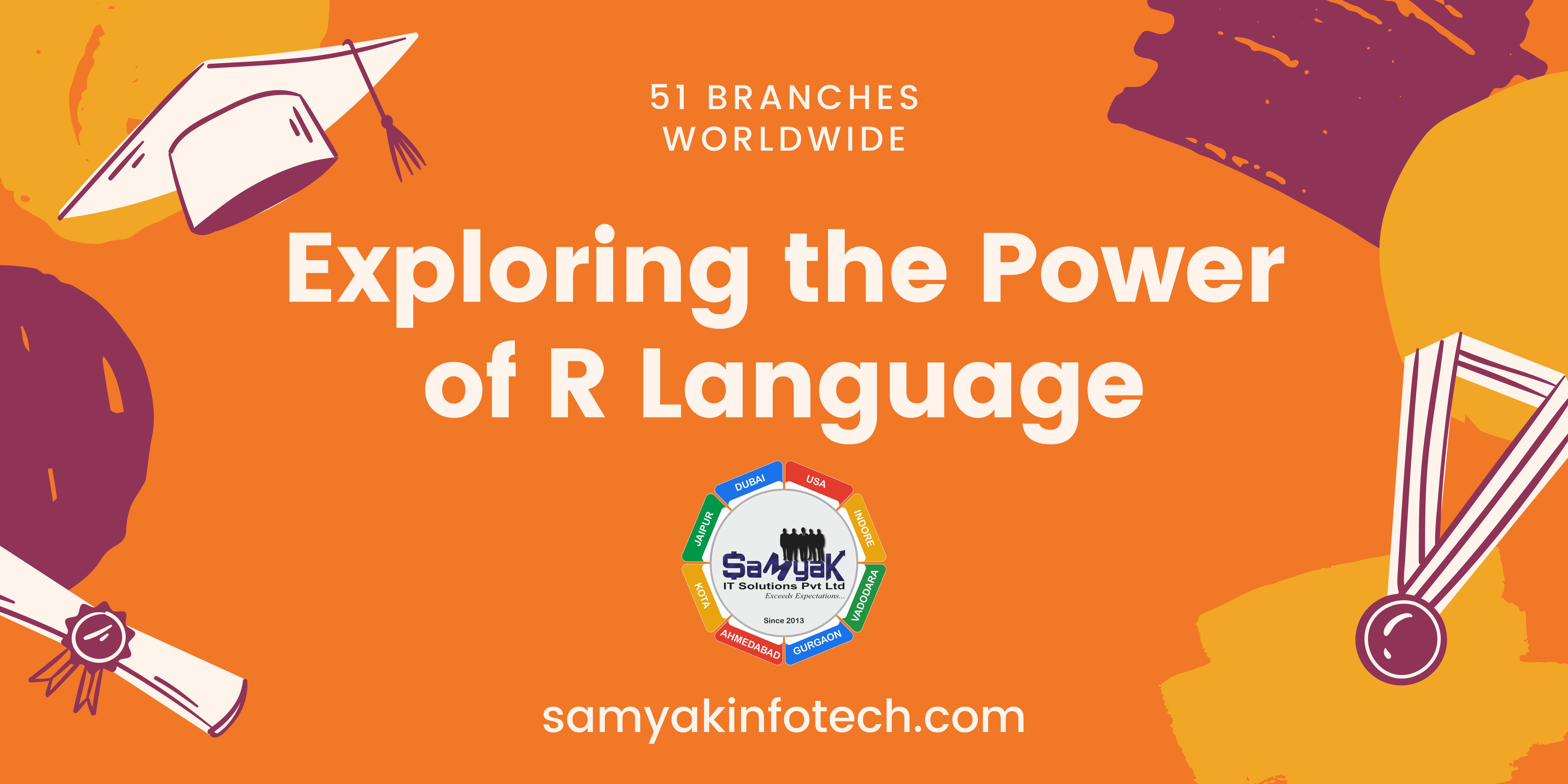R-Language has emerged as one of the most powerful and popular programming languages for data analysis and statistical modeling.
With its extensive range of libraries and packages, R offers a flexible and comprehensive environment for handling, manipulating, and visualizing data. In this blog post, we will explore the key features of R and its significance in the world of data analytics.
Understanding R-Language:
R is a programming language and software environment designed specifically for statistical computing and graphics. Developed by Ross Ihaka and Robert Gentleman, R provides a wide range of statistical and graphical techniques, including linear and nonlinear modeling, time-series analysis, clustering, and more.
Its syntax is easy to learn, making it accessible to both beginners and experienced programmers. R’s popularity can be attributed to its vast collection of packages, which enhance its functionality and allow users to perform complex data manipulations and visualizations.
Key Features of R-Language:
Data Manipulation:
R offers powerful tools for data cleaning, filtering, merging, and reshaping, making it a preferred
Statistical Analysis:
With built-in functions and libraries, R enables users to perform various statistical tests, hypothesis testing, and regression analysis.
Data Visualization:
R provides a wide range of graphical capabilities, allowing users to create stunning visualizations and plots to better understand their data.
Machine Learning:
R includes numerous machine learning packages, such as Caret and randomForest, enabling users to build predictive models and perform advanced data analysis.
Reproducible Research:
R promotes reproducibility by providing tools for documenting and sharing code, making it easier for researchers and analysts to collaborate and validate results.
R-Language in Data Analysis
R’s versatility makes it a preferred language for data analysis tasks. Its comprehensive libraries, such as dplyr, ggplot2, and tidyr, enable analysts to perform complex operations with ease. Whether it’s cleaning messy data, performing exploratory data analysis, or building predictive models, R provides a rich set of tools to accomplish these tasks efficiently.
Additionally, R’s integration with other popular programming languages, such as Python and SQL, enhances its functionality and enables seamless data integration and analysis across different platforms.
R-Language for Statistical Programming:
R’s extensive statistical capabilities make it an ideal choice for statistical programming. It offers a wide range of functions and packages to perform statistical tests, create models, and generate simulations.
Researchers and statisticians can leverage R’s advanced statistical techniques to analyze data, draw conclusions, and make informed decisions.
Moreover, R’s active and vibrant community constantly develops and updates packages, ensuring that users have access to the latest statistical methodologies and techniques.
R-Language has established itself as a powerful and versatile programming language for data analysis and statistical programming.
Its extensive range of libraries, coupled with its intuitive syntax and robust statistical capabilities, makes it an invaluable tool for researchers, data analysts, and statisticians alike.
By mastering R, you unlock a world of possibilities for exploring, manipulating, and interpreting data, ultimately leading to better insights and informed decision-making.
Samyak Computer Classes is a leading institute that offers comprehensive training in R-Language, equipping learners with the skills needed to excel in data analysis and statistical programming.
